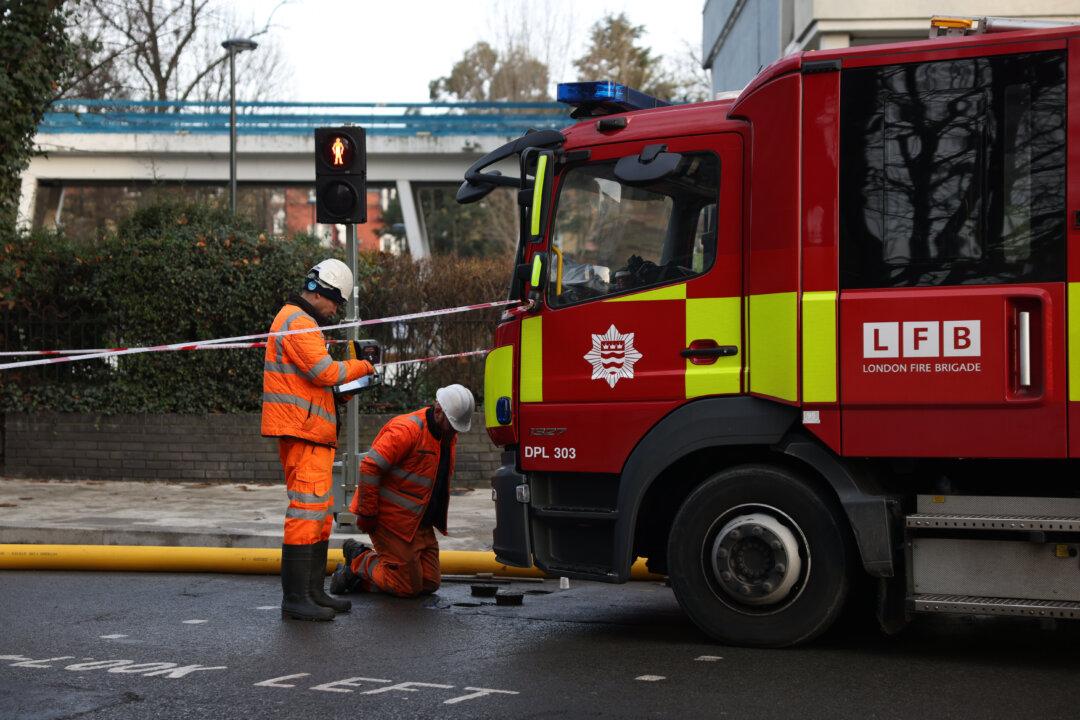
Paramedics work inside an ambulance parked outside the Royal London Hospital in east London on Jan. 7, 2022. Daniel Leal/AFP via Getty Images
More than half of all patients in English hospitals with COVID-19 are being treated primarily for something else, new figures show.
The latest statistics show a growing proportion of patients who are in hospital “with” COVID-19 rather than “for” COVID-19.





